Blog Detail
Table of Contents
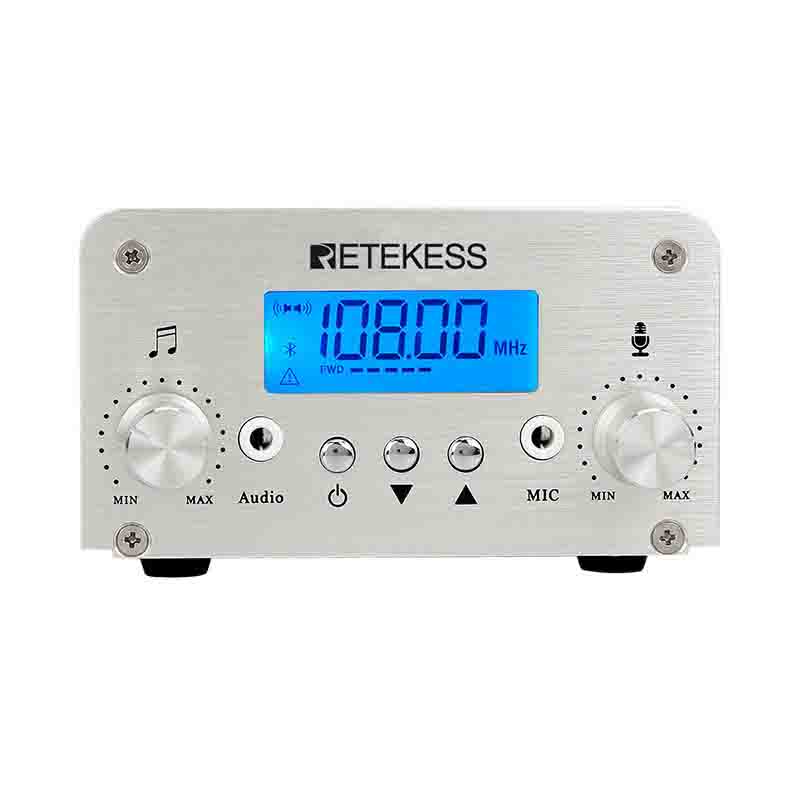
What is the best FM frequency for a transmitter?
- Ida
- Mar 18, 2020
- 12 Comments
What are the best frequencies for an FM transmitter?
When it comes to radio broadcasting, selecting the right FM frequency for your transmitter is essential for achieving clear communication and solid signal reception.
Whether you aim to broadcast music, local news, or community events, understanding FM frequency bands and best practices can help you reach a broader audience. This blog will explore the optimal FM frequency range and why it matters.
Understanding FM Frequency Bands
FM broadcast frequencies vary by region, and it’s essential to know which bands are available in your area:
-
North America and South America:
-
Frequency Range: 88 MHz to 108 MHz
-
Overview: This band is widely used for FM radio broadcasts across the Americas, ensuring compatibility with most commercial and personal radio receivers.
-
-
Europe, Australia, and Africa:
-
Frequency Range: 88 MHz to 108 MHz (VHF Band II)
-
Overview: Similar to the Americas, this frequency range is standard for FM broadcasting, catering to both public and private radio services.
-
-
Japan:
-
Frequency Range: 76 MHz to 95 MHz
-
Overview: Japan maintains a lower frequency range, which is integral to its local broadcasting system.
-
-
Eastern Europe:
-
Frequency Range: 65.8 MHz to 74.0 MHz (OIRT Band)
-
Overview: Although this band has traditionally been used in Eastern Europe, many countries have shifted to the 88 MHz to 108 MHz range for broader compatibility.
-
Why Choose the 88 MHz to 108 MHz Frequency Range?
The 88 MHz to 108 MHz range is often described as the ideal choice for several reasons:
-
Compatibility:
-
Almost all commercial and personal radios are designed to receive signals within this range. This ensures that your broadcast can be accessed by a wider audience without special tuning devices.
-
-
Audio Quality:
-
FM broadcasting uses frequency modulation, which typically offers superior sound quality compared to AM broadcasting. The 88 to 108 MHz range allows for clearer transmissions, making music and speech more enjoyable for listeners.
-
-
Legal Compliance:
-
The 88 MHz to 108 MHz band is regulated by broadcasting authorities in many countries. Choosing this frequency range helps ensure compliance with local regulations, reducing the risk of legal issues.
-
Choosing the Right FM Transmitter
When selecting an FM transmitter, consider several factors to ensure effective broadcasting:
-
Frequency Stability:
-
Look for a transmitter with frequency stability within ±10PPM (parts per million). This will help maintain a consistent signal over long broadcasts.
-
-
Audio Performance:
-
Aim for transmitters with low audio distortion (ideally below 0.5%) and a high signal-to-noise ratio (SNR) of at least 60 dB. This will enhance the overall sound quality of your broadcast.
-
-
Output Power:
-
Depending on your broadcasting needs, select a transmitter with appropriate output power. For small venues, a low-power transmitter (around 10 watts) may suffice, while larger events may require transmitters with higher wattage (up to 100 watts or more).
-
-
Modulation Depth:
-
Standard FM broadcasting typically has a modulation depth of ±75kHz. Ensure your transmitter can provide this level of modulation to maintain signal integrity.
-
-
Interference Management:
-
Choose a transmitter with low harmonic and noise radiation (below -50 dB) to minimize interference with other electronic devices and maintain signal clarity.
-
Conclusion
Selecting the best FM frequency for your transmitter is essential for effective communication and audience engagement. The 88 MHz to 108 MHz frequency range is widely recognized as the optimal choice, ensuring compatibility with the vast majority of existing radio receivers and providing superior audio quality.
Based on the rule, we produced TR502 and TR505 with the 88~108MHz frequency.
Let's check the details of TR502/TR505
-
Frequency range: FM:88~108MHz / FM:88~108MHz
-
Frequency step: 100Khz / 100Khz
-
Frequency stability: ±10PPM / ± 10PPM
-
Frequency stabilization method: PLL
-
Harmonics, noise radiation: ≤-50dB / ≤65dB
-
Output impedance: 50Ω / 50Ω
-
Pre-emphasis: 75us
-
Audio distortion: 0.3% / 0.3%
-
Bluetooth distance: about 5m
-
Frequency response: 50Hz~15000Hz / 50Hz~15000Hz
-
Separation: ≥30dB / ≥35dB
-
Frequency modulation: ±75KHZ / ± 75KHz
-
SNR: ≥60 dB / 70 dB
-
Antenna connector type: TNC / TNC
If you want to broadcast the church’s Easter service to cars in the parking lot, to avoid people meeting together, you can check the Retekess TR502 OR TR505.
Pls choose the type as you need.
If you want to get more information, pls email us at support@retekess.com.


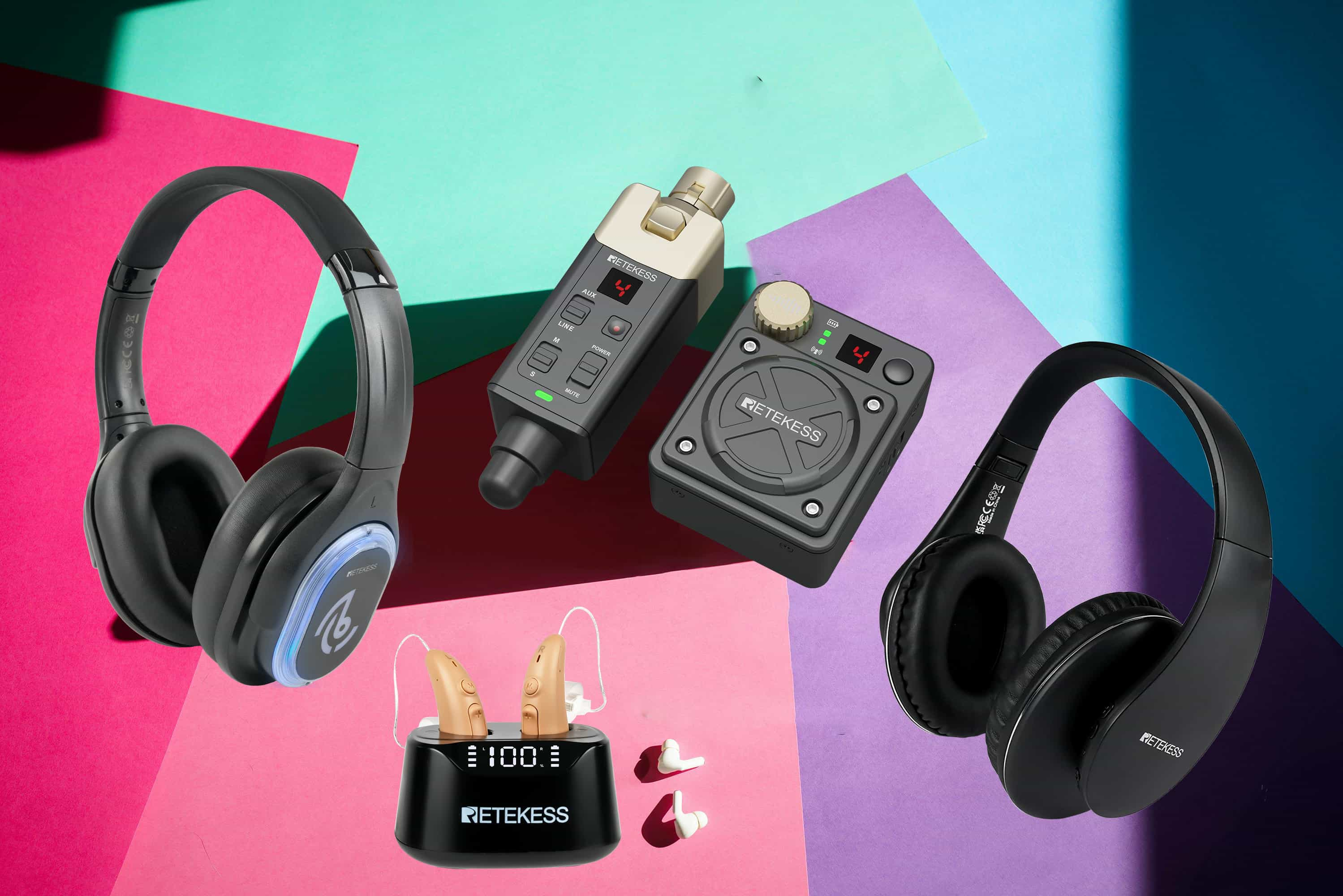
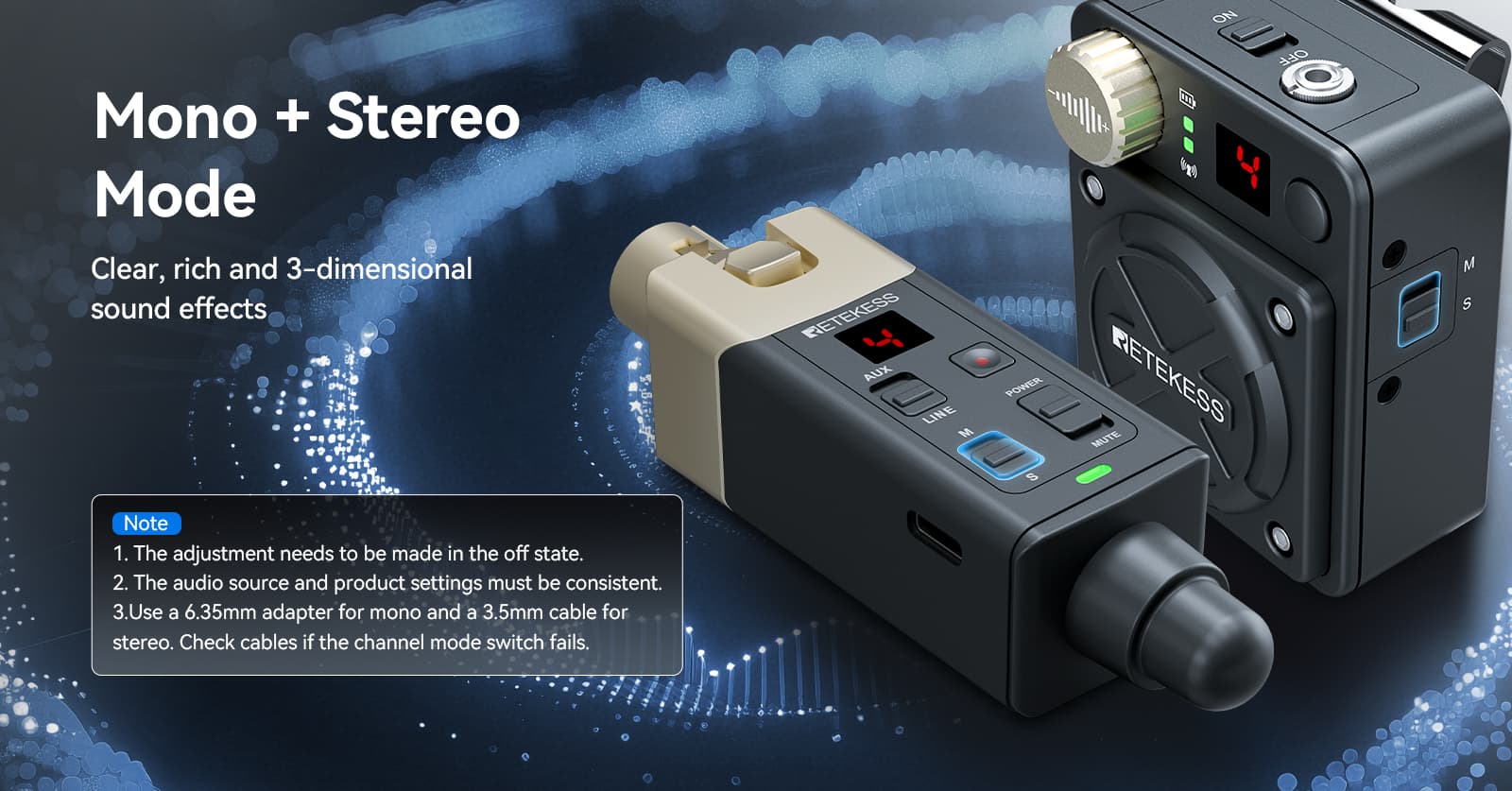

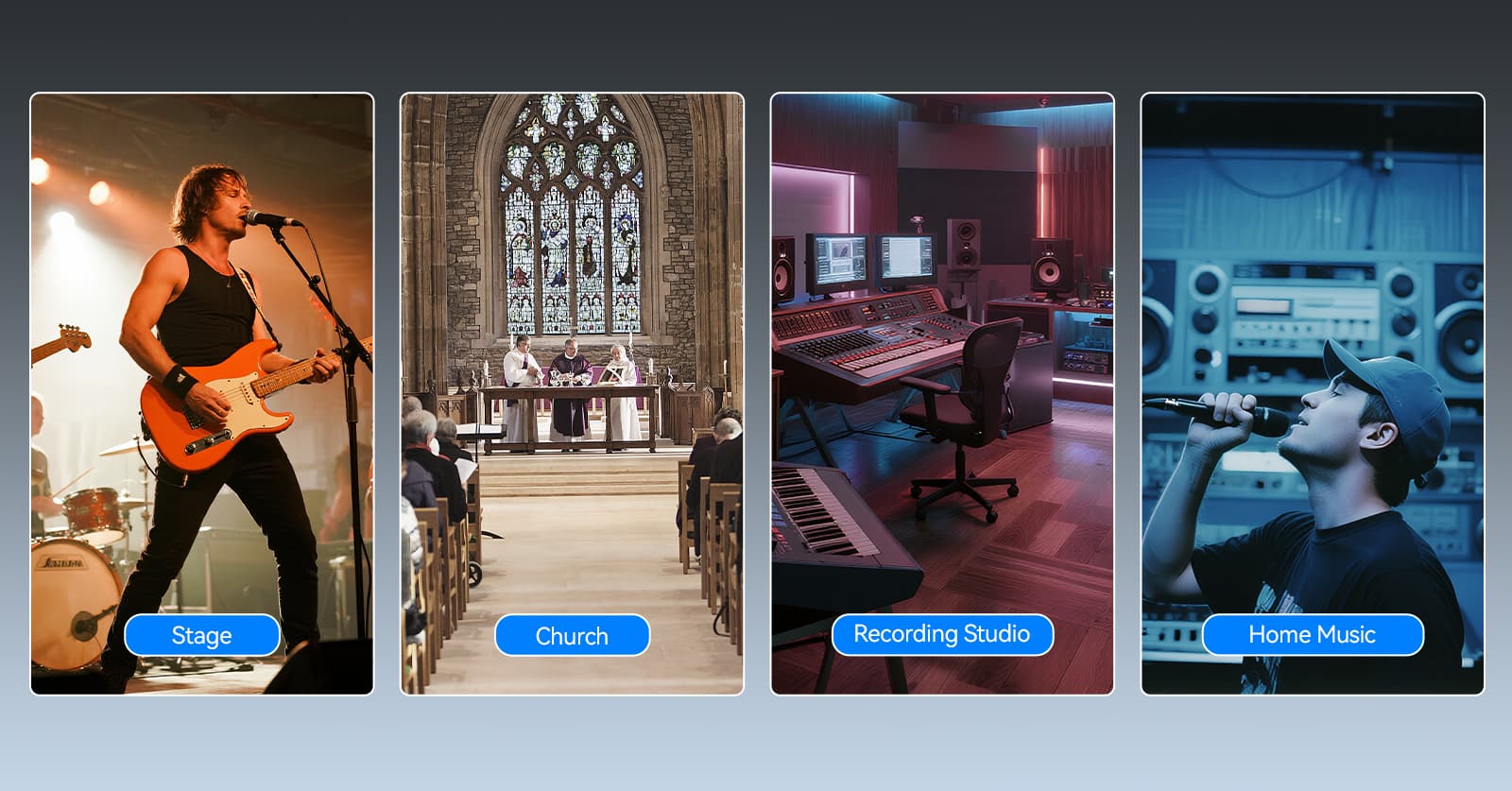
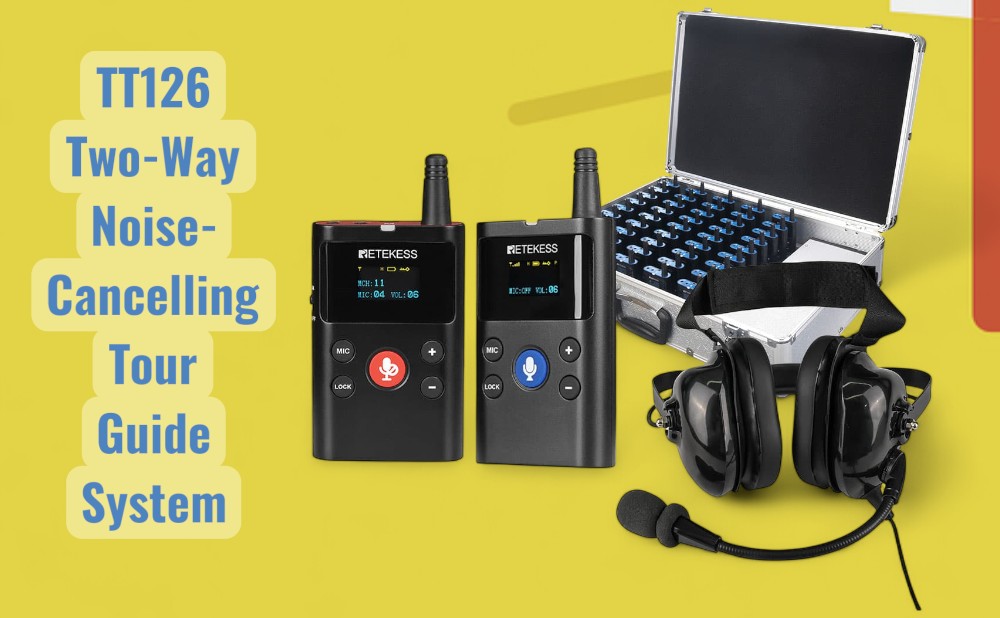
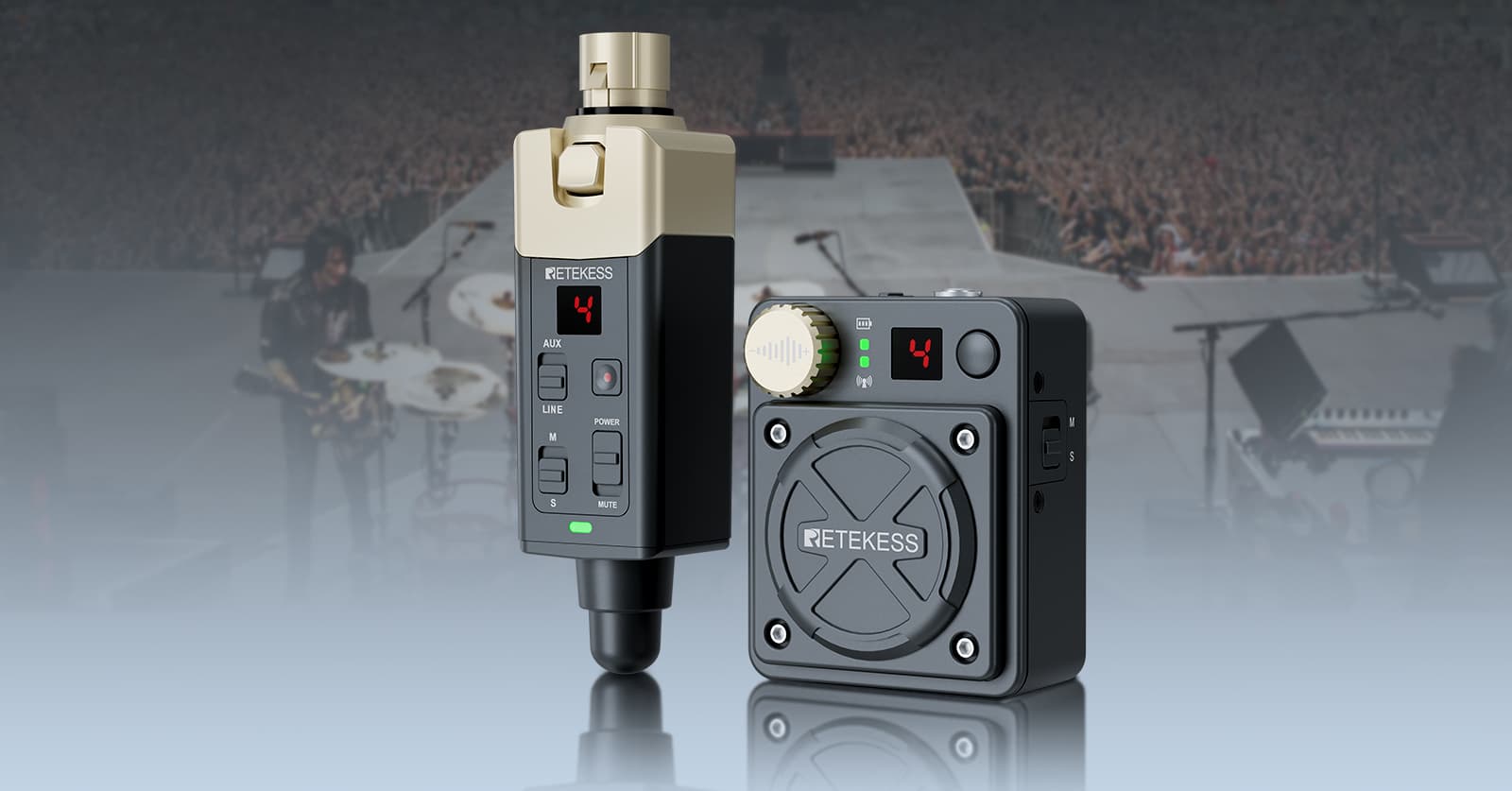


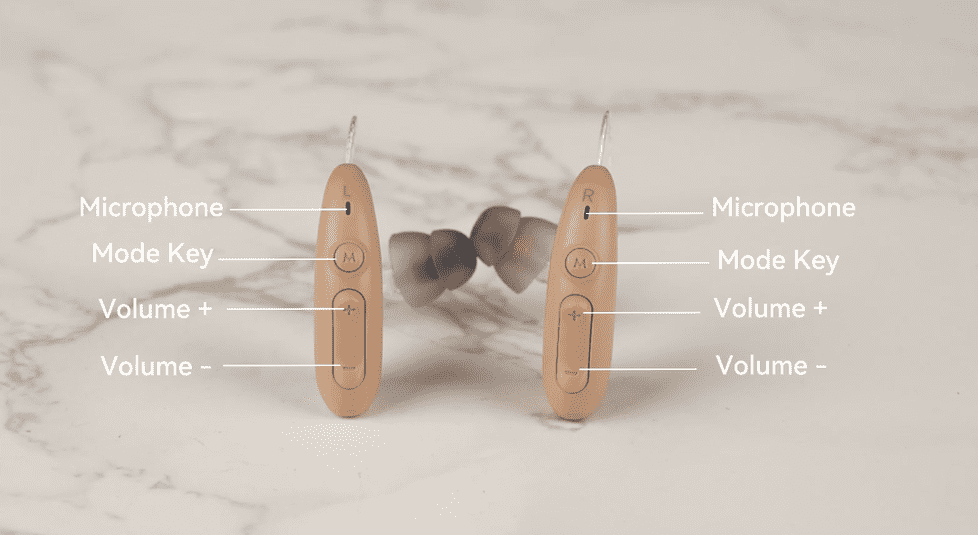
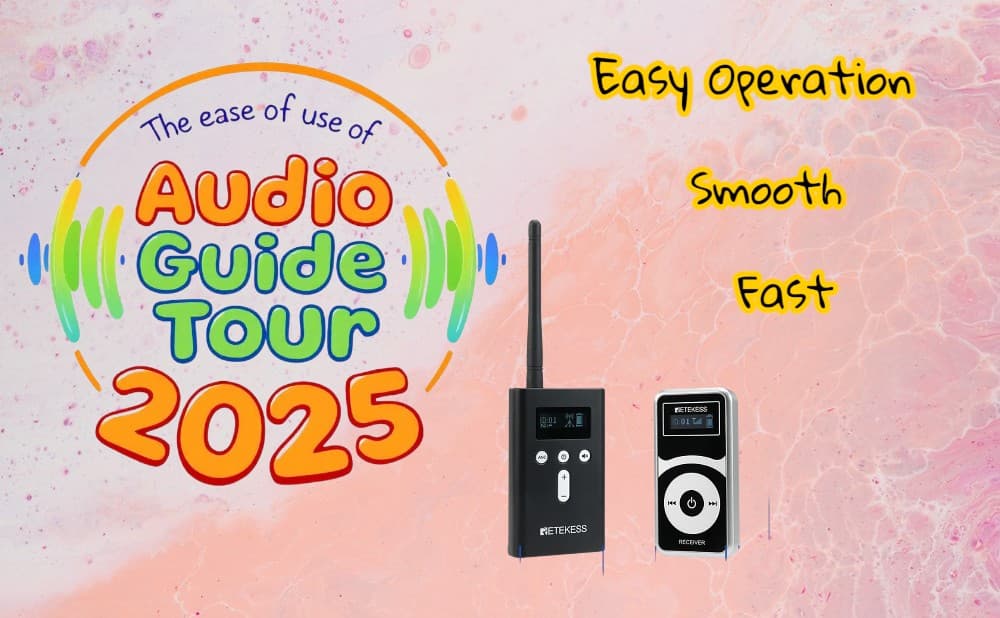
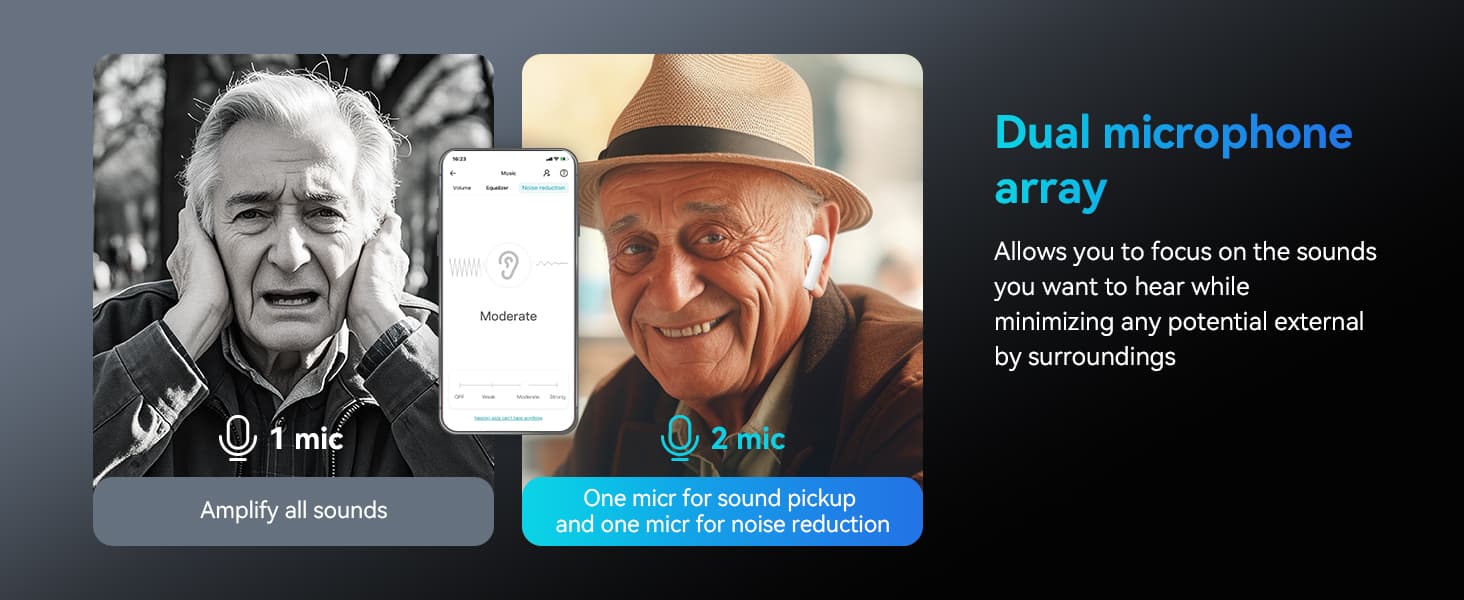
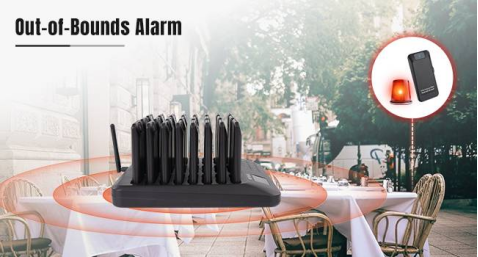

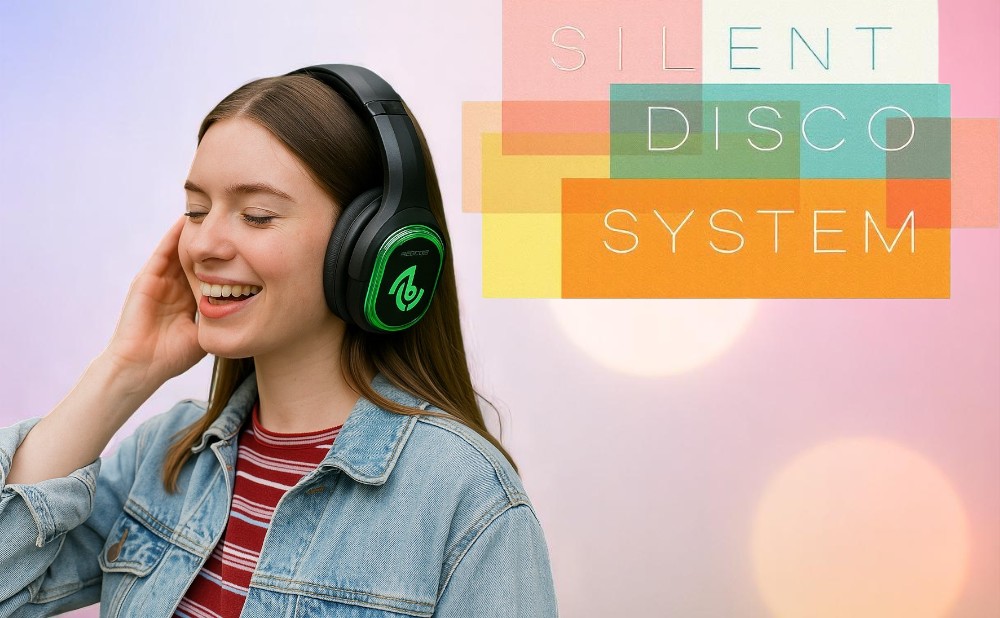
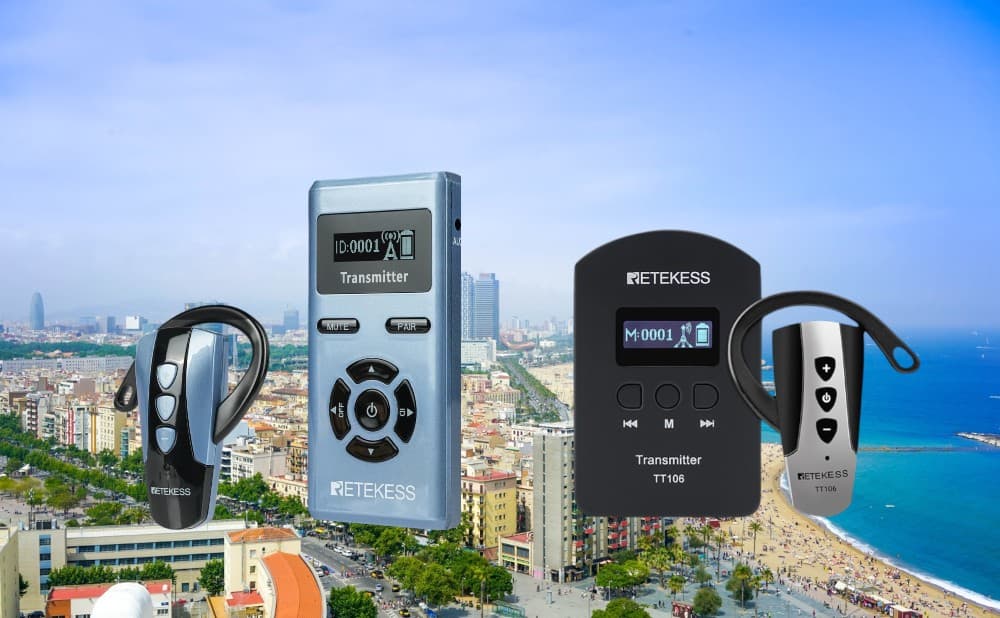
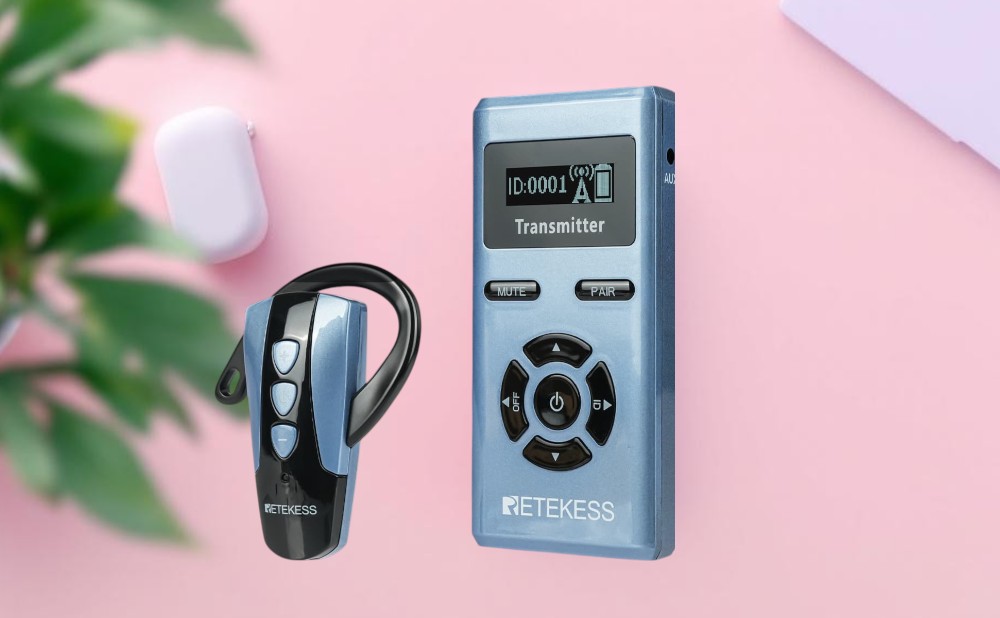
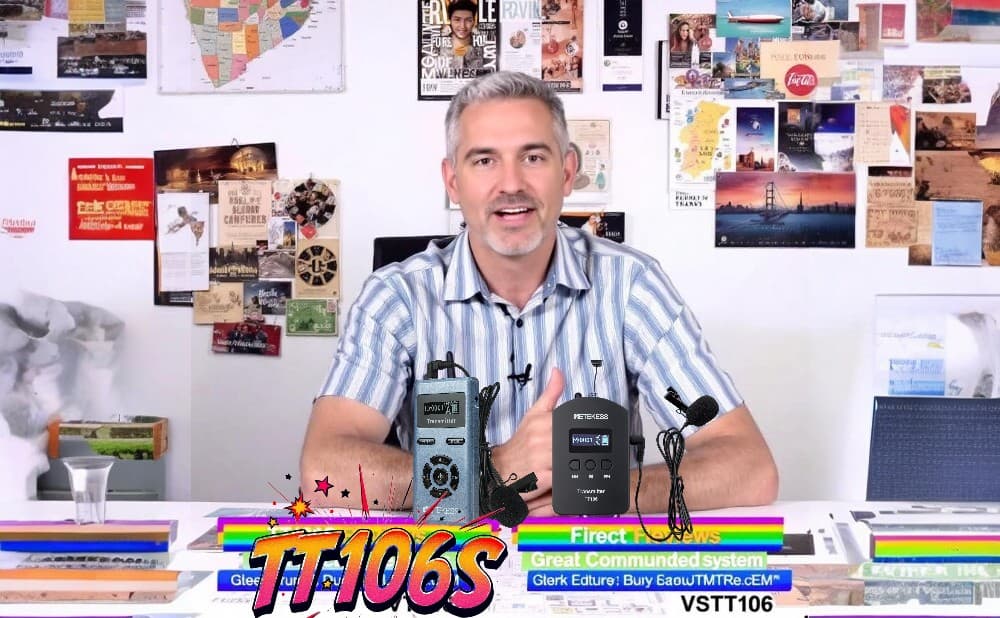




Comments (12)